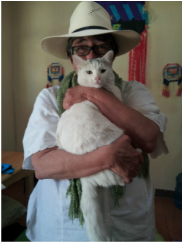|
I wrote Going My Way with Matt Vincent-Brown and we made this photo video to go with it, inspired by my life here at Lake Atitlan. You can check out my other music on my website www.louisewisechild.com or on any streaming platform.
0 Comments
Even though this was my fifth year leading a small group to Sumpango to experience the story behind the Giant Kites, the wonder, devotion and larger than life creations are always fresh. Every year the kites are different. Some of them are Gigantic, as high as a six story building. Others of them are simply Giant, from 4 to 6 meters -- taller than a person and requiring a team to fly them. Regardless of size each and every one of them is made from Chinese tissue paper and glue, an effort directly involving over 700 members of this Kachiquel Maya town, who work every night for months to make kites for this day, the Day of the Dead. Every kite has a theme of life, death and transformation.
I have been leading tours in Guatemala and to the Giant Kites of Sumpango since 2011. It is always a highlight of my year to witness this amazing creative community achievement of giant kites and to go behind the scenes of this festival for the Day of the Dead.
We began in colonial Antigua, where I lived for eight months in 2011 - 12. For several of those months I lived in a charming small hotel where I was able to house tour participants. The courtyard featured roses, there was a small kitchen and the balcony granted us views of Volcano Fuego puffing in the distance. From the ancient statures of the maya to the etching of Jade, to the cathedrals, to the labrynth of the renowned museum Casa Domingo, to sampling pepion and playing flutes with vendors, the streets and cuisine of Antigua are an endless discovery in the blue skys and pleasant temperatures of this “land of eternal spring.” 23 km north of Tikal, Uaxactún is both a remote pueblo in Petén Guatemala and the site of some of the earliest Maya achievements in astronomy and the Mayan Calendar. The buried city might have been lost forever, but chicleros, drawn by the opportunity to make money in chicle, ventured into Petén's vast forest. These chicleros were invaluable guides to archeologists in the early 1900s, who were just beginning to rediscover the Maya civilization. This area, renamed Uaxactún, became a base camp for chiclero's and archeologiests. In 1929 Wrigley built an airstrip in Uaxactún, the first road was built in 1985. The community of Uaxactún is responsible for managing and conserving a large part of the Maya biosphere, considered one of the last great lungs of the planet.
I have been to Uaxactún several times, the most recent for 12 days. Although it doesn't have the grandeur of Tikal, I find it more beautiful and somehow more alive. As it is still relatively untouristed, I spent days wandering the ruins and many hours just listening and leaning against the remains of these ancient buildings. There are many birds to be heard in the mornings and later in the day. But there was something else there, something I had not heard since childhood. Silence. I listened to silence. I was struck by how unfamilar that sound was. I wondered if silence was the sound of the trees breathing. Below, in the pueblo that is situated in the middle of the archeological sites, it is not totally quiet ,of course. Of course Uaxactún is more alive, content. Of course at night The cultivation of chocolate is as old as the Maya themselves. Indeed cacao is one of the great gifts the Maya gave the world. Given that chocolate has been used in Mesoamerica since 1900 BC, it can be challenging to find a good locally made chocolate bar here in Guatemala. But thanks to Antigua's Choco-Museo, the answer to this puzzle and the remedy for chocolate lovers are both on-site, along with complimentary cups of chocolate tea.
While it is possible to visit the free museum and purchase artisan dark, milk and white chocolates, both the museum and the store’s offerings come to life in the lively two hour chocolate making workshop led by Pablo. Pablo not only knows and loves his subject, cacao and chocolate, but he is an exquisite performer and a personable instructor managing to pack both history and plenty of hands-on experience in this five star two hour workshop. Pablo explained that cacao trees were a customary part of Mayan household gardens. Chocolate was consumed by all members of Maya society, while the Aztecs in the north reserved it’s use solely for the elite. Spanish friars from Mesoamerica introduced chocolate to the Spanish court. At first, the bitter chocolate was rejected as unpleasant, but the friars added sugar and chocolate became a European and then a global sensation. The 1800s brought the advent of the first European chocolate bars and their mass production. At first there were only a few dogs, but they were dressed up, in tutus and blouses, hair ribbons fastened to their shiny clean fur, one, an older poodle was even wearing make up. They looked curiously at the gathering tribe of species, especially of course at the other dogs.
The blessing was supposed to start at 4:00 but in Mexico things take a while to get going. There were benches in the park outside the church and vendors sold bubbles, candy and toys but wisely avoided selling tacos or other carnivorous treats as costumed animals, sometimes with matching humans, began to fill the plaza. Each pueblo around lago Atitlan is different, with distinct municipalidads and community traditions. San Juan la Laguna is one of the most organized of the pueblos, with women's weaving collectives and coffee and construction collectives. They are also pioneering in the renaissance of using natural dye in Maya weaving. The walls of their town and boast an extensive collection of murals, most featuring Maya images and traditions. Despite it's relatively small population-- around 5000 mostly Tzutujil Maya people, the scope and creativity of San Juan's alfombras. were spectacular. The pre-hispanic Mayans made carpets of flowers and pine needles for their sacred processions. In the 1500s, the Spanish Catholic church, in addition to vigorously converting the Maya, introduced the Spanish use of colored sawdust for creating street carpets especially for holy week, over which the statues of Jesus, Mary and the town’s saint would be paraded.
These elaborate temporary carpets or alfombras, continuously line the route that the procession will take. In Guatemala these are called Aserrin de Alfombra, or “carpet of sawdust” or simply alfombras, to include the traditional alfombra which uses seeds, plants, and carefully separated parts from trees and flowers to create designs. These are constructed on Thursday or Friday of holy week and will pave the way for the processions. Though the lifespan of an alfombra is a matter of hours, they are the culmination of weeks and even months of creating new designs, carving stencils from cardboard, hand-dying sawdust to achieve the colors, collecting natural materials for alfombras and hours of communal labor before the procession. Each group pays for its own supplies and most begin collecting quetzals in February to cover the cost. The collaborators are family, neighbors, friends, or organizations, together focused on creating a work of art worthy of the divine. I just wanted to share my article on Uaxactún, one of the most interesting and relatively undiscovered historical and archeological sites in Petén, Guatemala.
Follow this link to read it with my photos at Que Pasa magazine http://www.quepasa.gt/born-in-heaven-uaxactun/_ or read it right here. Jacqueline's Birthday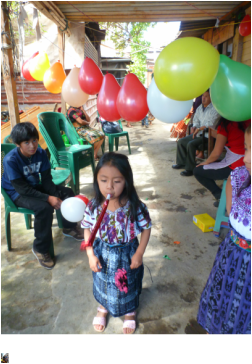 Jacqueline's 4th Birthday Fiesta Jacqueline's 4th Birthday Fiesta Over a year ago now, December 2012, marked the change of the Maya epoch. I attended Maya ceremonies and celebrated the new era by visiting my good friends at Hostel Akumal in San Cristobal de las Casas, Chiapas, Mexico. I was fortunate to witness the 10,000 Maya Zapatistas who marched into San Cristobal and stood in affirmation of a new age of indigenous visibility, participation and acknowledgement on Dec. 21, 2012. And at hostel Akumal, I experienced the most beautiful guitar music I had ever heard, gracias a Ivan Renedez and John Masters. I felt as if the angels themselves were singing in a new era and to celebrate gastronomically we created an international Christmas feast. This year, 2013, I traveled to Belize and Nicaragua but spent most of my time in Guatemala. Although there are wonderful aspects to both of these countries, I missed Guatemala when I was away and was happy to return. It has been a year of deepening and expanding my connections with friends and feeling daily gratitude for the beauty of Lake Atitlan and for the Maya culture that surrounds me. Every day I am so happy that I am here, in San Pedro, and that here I feel at home. And so it was right that this year I stayed closer to home and celebrated the holidays of December with the families and communities who most deeply touch my life here in Guatemala. December began with the 4th birthday of my friend, Jacqueline, who is the daughter of my dear friend, kitemaker Julio Asturias. Over the years I have had many meals at Julio's house in Sumpango and been honored to know the other members of his extended family who live together with Julio's family in a traditional Guatemalan family compound. Still I hadn't met many of Wilma's family as they do not live in Sumpango. "We would like you to come," Julio had written. "Our whole family will be there." "How many people is that?" inquired. "Oh about 50," he said. I tried to imagine that many people in their courtyard as they also have 5 duchsands, 2 large dogs and a variable number of rabbits. When I got to Julio's house after a scenic and comfortably seated 3 hours on the chicken bus, several family members were steadily blowing up balloons. Eventually there were over a hundred balloons surrounding us and which afterwards would provide the main toy for the kids. Periodically a balloon would pop, but in this land of intermittent firecrackers and bombas, the sudden explosions startled no one. Personally I was delighted this birthday was being celebrated with popping balloons and not with the traditional exploding gun powder. |
Louise "Luisa" Wisechild, PhDI first visited Guatemala in 1995 as a member of the Vashon Island sister city delgation to Santiago de Atitlan, Guatemala. Archives
October 2023
Categories
All
|
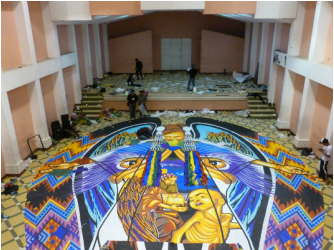
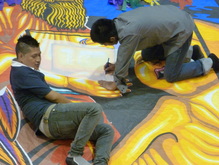
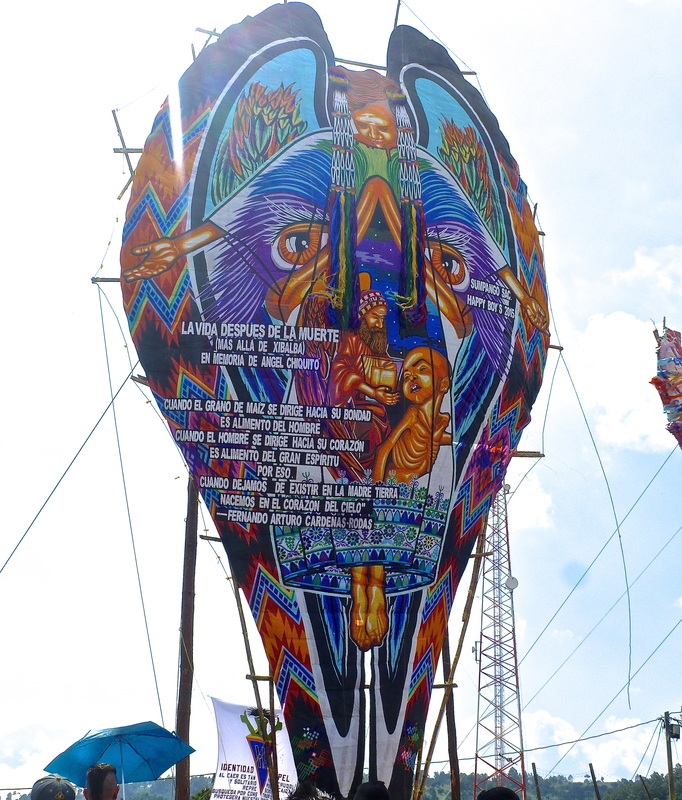
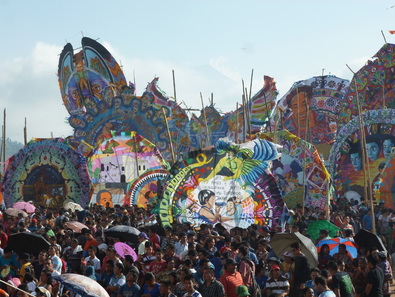
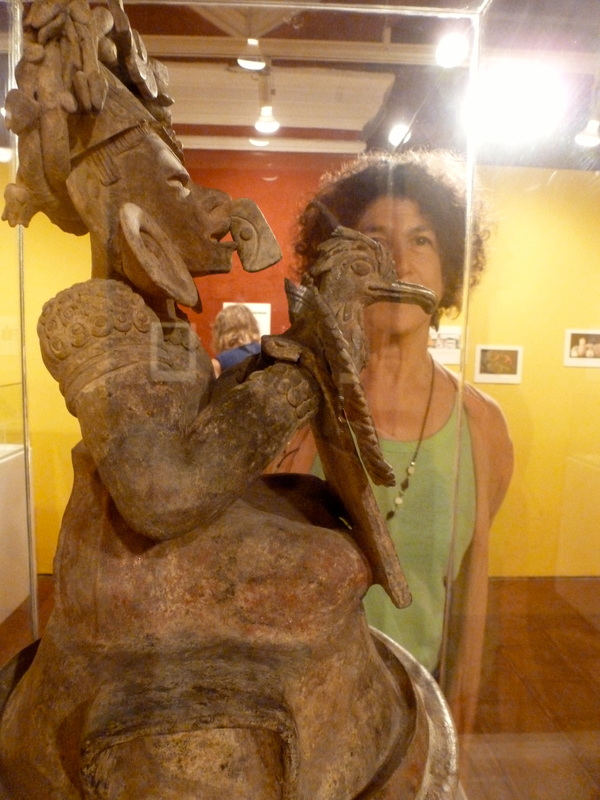
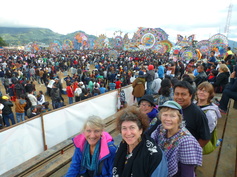
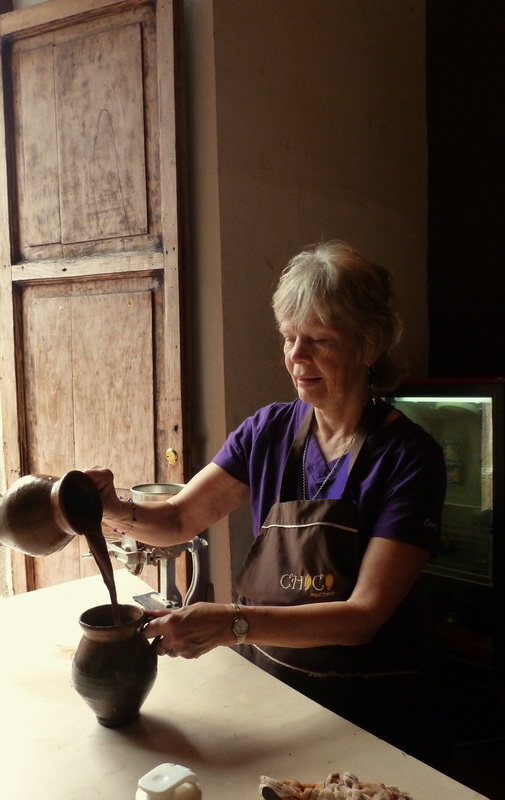
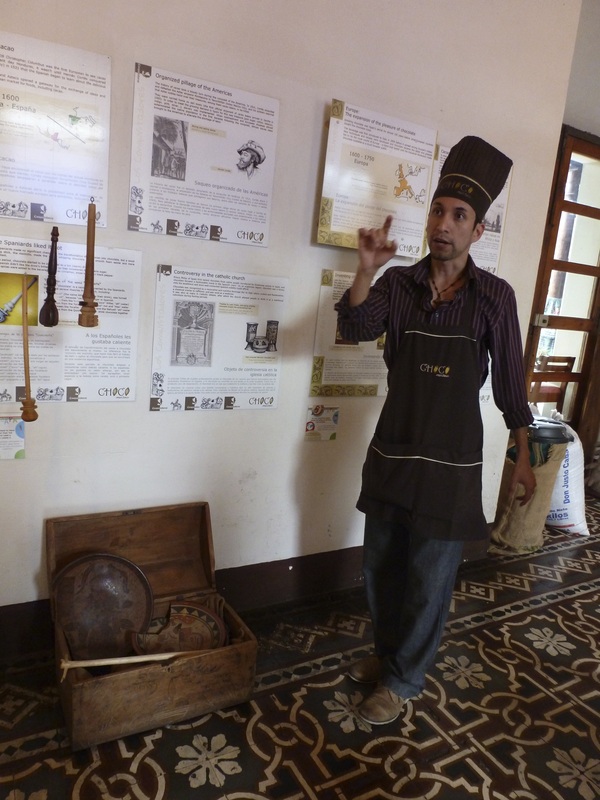

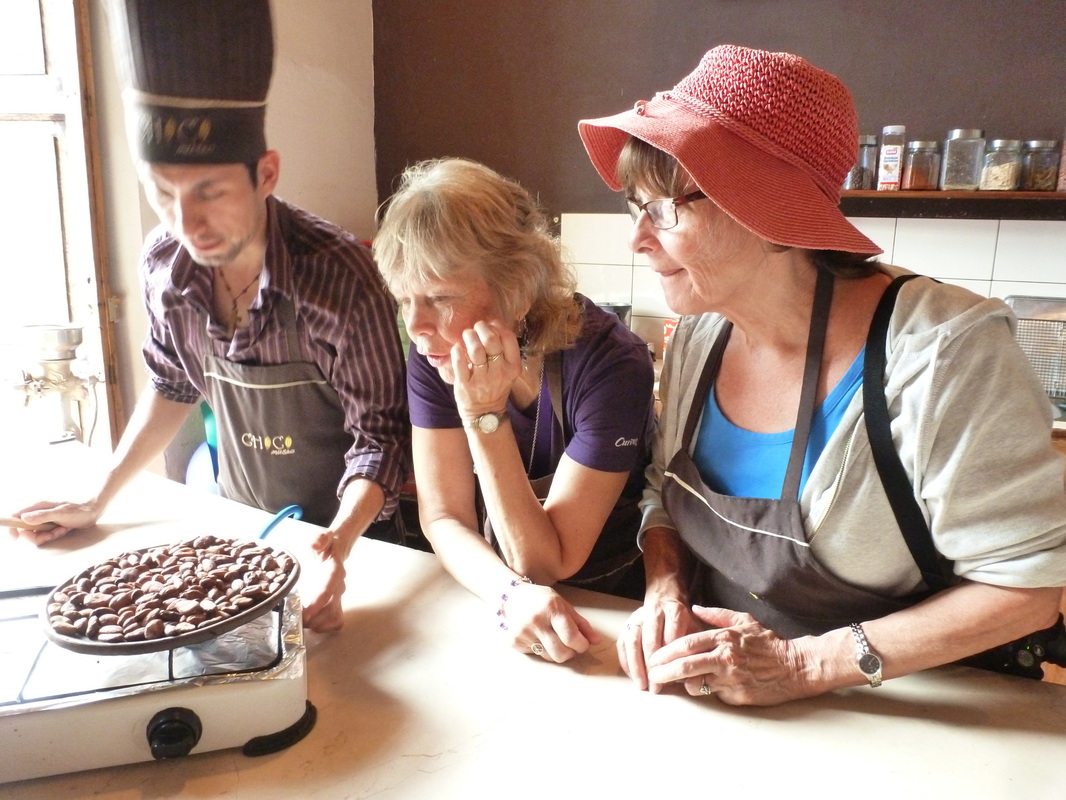
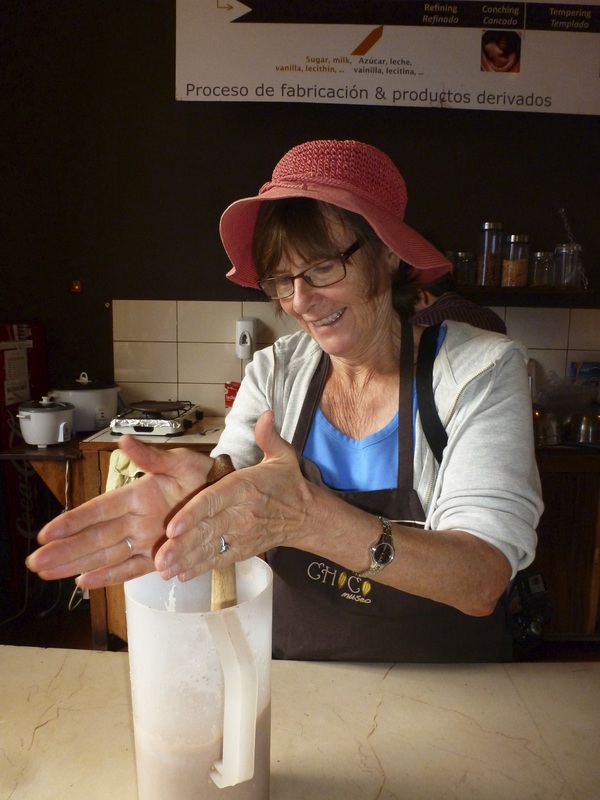
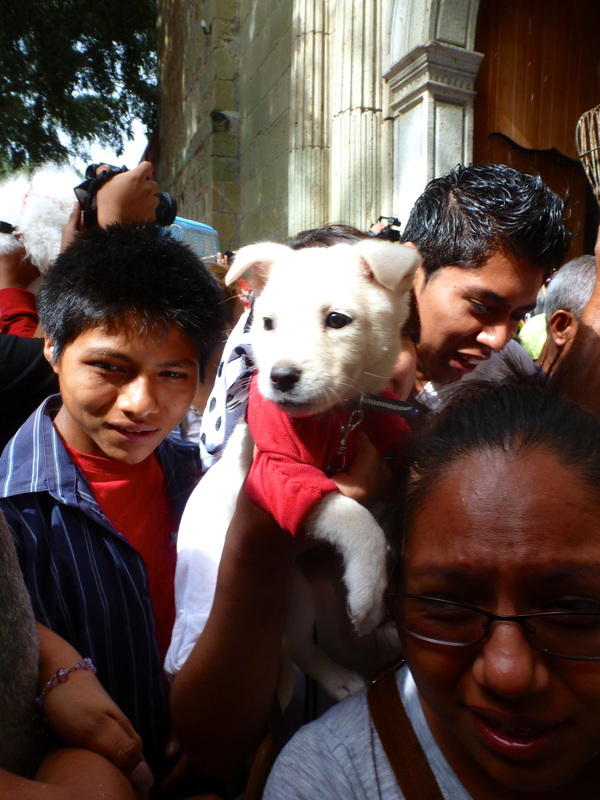
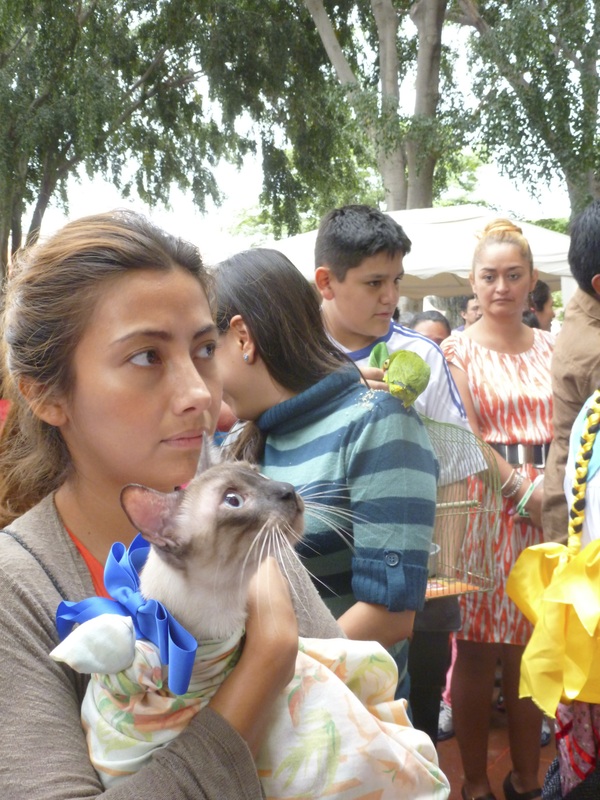
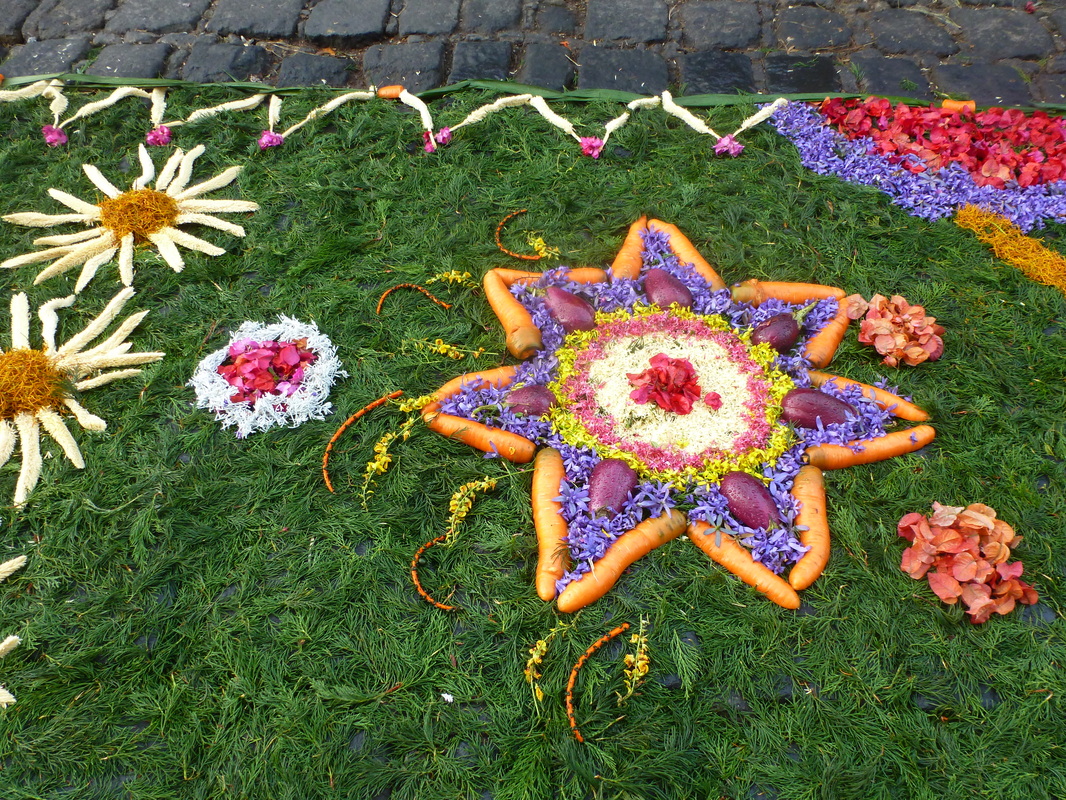
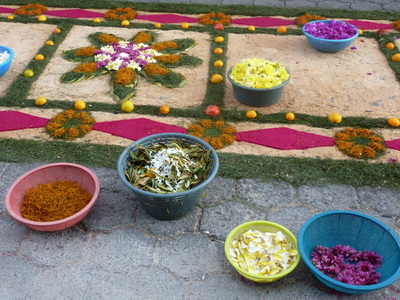
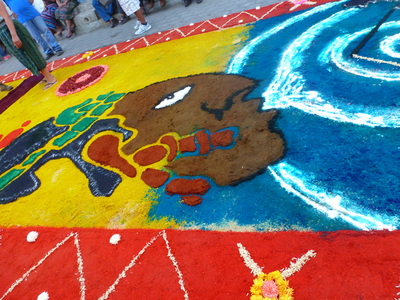
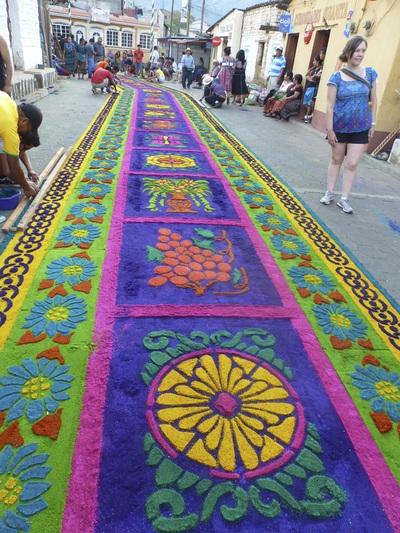
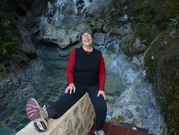
 RSS Feed
RSS Feed
